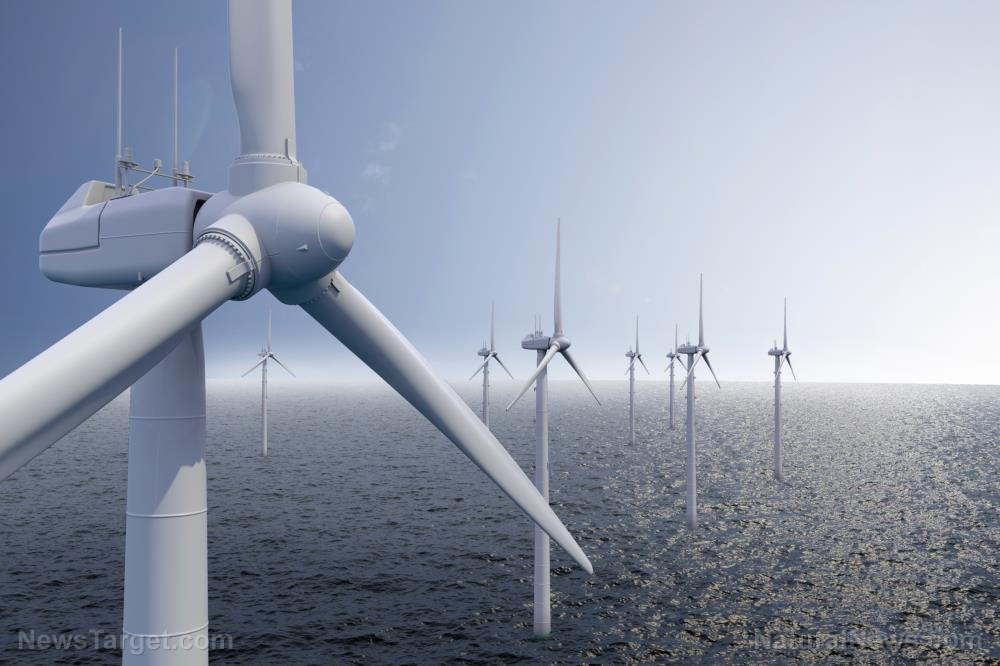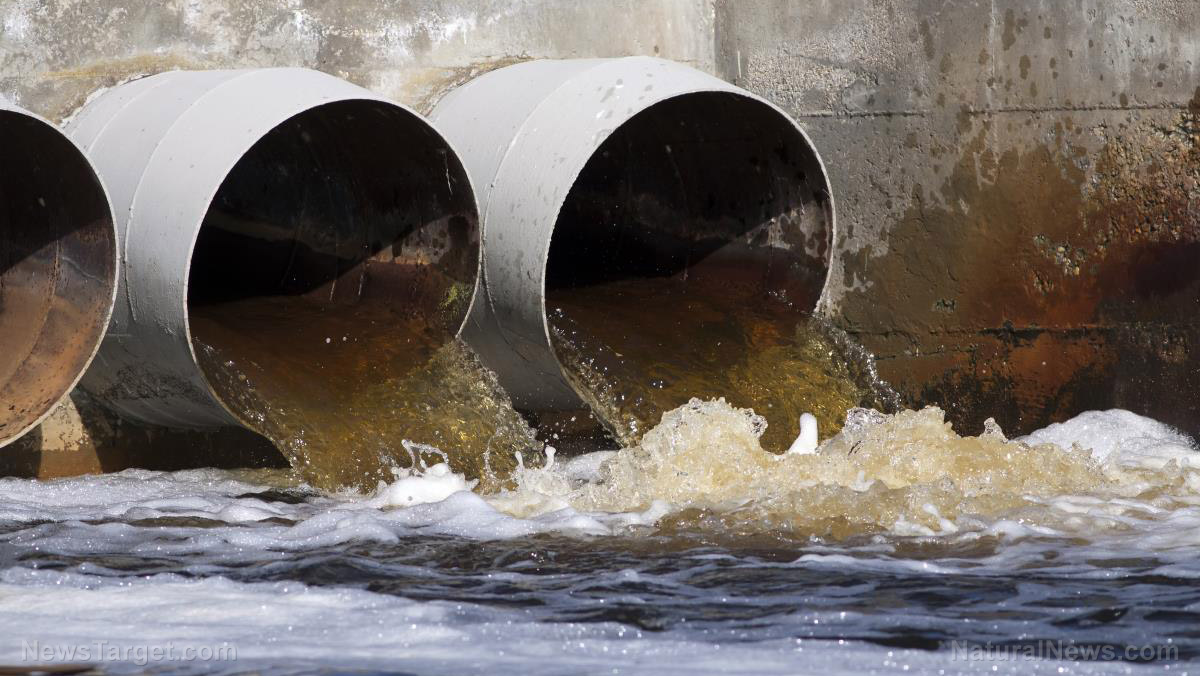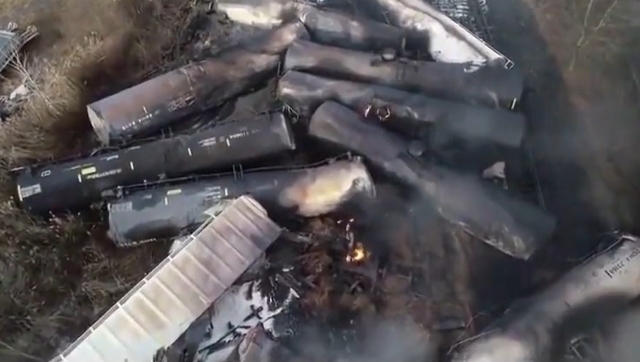Offshore wind turbine in Massachusetts suffers BLADE FAILURE, debris washes up on beaches
07/23/2024 / By Kevin Hughes

An offshore wind turbine off the coast of Massachusetts suffered a serious blade failure on Saturday, July 13, leading to debris from the turbine washing up on the beaches of Nantucket, and forcing the federal government to intervene and temporarily close the wind farm.
The incident occurred at the Vineyard Wind 1 project, an 804-megawatt project in federal waters about 15 miles south of Martha’s Vineyard and Nantucket. The incident now raises specific questions about the safety and dependability of offshore wind projects, in addition to the regulatory structure governing the emerging industry.
“The blade experienced a breakage approximately 20 meters out from the root,” said Vineyard Wind 1 spokesperson Craig Gilvarg. “The turbine was in its commissioning phase and was still undergoing testing. Nearly the entirety of the blade remains affixed to the turbine and has not fallen into the water.”
On Tuesday, July 16, Vineyard Wind said it is “mobilizing debris recovery teams on Nantucket to survey the southern-facing beaches of the island for the recovery of debris following the blade damage incident that took place on Saturday.”
It added the company remains focused on ensuring the safety of personnel and mariners in the offshore area, and to work with the Coast Guard to maintain a safety zone of 500 meters around the affected turbine offshore.
The owners of Vineyard Wind 1 – Avangrid Renewables and Copenhagen Infrastructure Partners – stated that they will be fielding teams to clear the debris.
In the days after the incident, debris from the broken turbine blade started washing up on Nantucket’s south shore beaches. People reported finding portions of green and white foam, along with larger pieces of fiberglass.
Vineyard Wind 1 describes the debris as “non-toxic fiberglass fragments,” and although they are “not hazardous to people or the environment,” the company is recommending that only its recovery team handle the debris.
“While walking on the beaches was still permitted, officials strongly recommended wearing footwear due to the presence of sharp fiberglass shards and debris,” Nantucket Harbormaster Sheila Lucey said.
Federal government steps in, shuts down Vineyard Wind 1
In response to the incident, the federal Bureau of Safety and Environmental Enforcement (BSEE) ordered Vineyard Wind 1 to shut down operations “until further notice.” (Related: High wind hazard: Norway wind farm faces SHUTDOWN as parts of wind turbines fly off due to strong winds.)
The BSEE, which supervises offshore energy projects, sent a team of experts to cooperate with Vineyard Wind 1 to examine the cause of the incident and decide the next moves.
Vineyard Wind 1 stated that General Electric, the project’s turbine and blade manufacturer and installation contractor, would be performing the analysis into the primary cause of the incident.
The company said that it would continue working with federal, state and locals to make sure the health and safety of its workforce, mariners and the environment.
The Vineyard Wind 1 project incorporates an array of 62 wind turbines, separated one nautical mile apart on an east-west and north-south orientation.
The turbines are General Electric Haliade-X models, each capable of producing 13 megawatts of electricity.
The project involves two submarine cables that transmit the generated electricity to shore, with an onshore substation situated in Hyannis.
In January 2023, regulations managing offshore renewable energy activities, as well as workplace safety and environmental compliance, were officially transferred from the Bureau of Ocean Energy Management to BSEE.
The Vineyard Wind 1 turbine failure has also created doubts about the safety and dependability of offshore wind projects.
As the first major incident at a commercial-scale offshore wind farm in the United States, it may lead to greater examination of safety protocols and equipment credibility in the industry.
The closure of Vineyard Wind 1 operations, even if temporary, could have economic ramifications for the project and the wider offshore wind industry. Delays in power generation and possible increases in operational costs may affect the project’s financial sustainability and investor confidence.
This incident may lead to enhanced regulatory oversight and probably stricter safety standards for offshore wind projects. Regulators may review existing guidelines and consider enforcing more rigid inspection and maintenance requirements.
Follow NewEnergyReport.com for more news about renewable energy projects.
Watch the video below about the epic failures of wind turbines.
This video is from the channel The Prisoner on Brighteon.com.
More related stories:
Faking GREEN: Scotland’s wind turbines are secretly using generators that run on FOSSIL FUELS.
Wind turbine blades could account for more than 43 million tons of waste each year by 2050.
UNRELIABLE SOURCE: Siemens Energy says up to 30% of its wind turbines could be MALFUNCTIONING.
Offshore wind is gearing up to bulldoze the ocean.
Sources include:
Submit a correction >>
Tagged Under:
This article may contain statements that reflect the opinion of the author



















